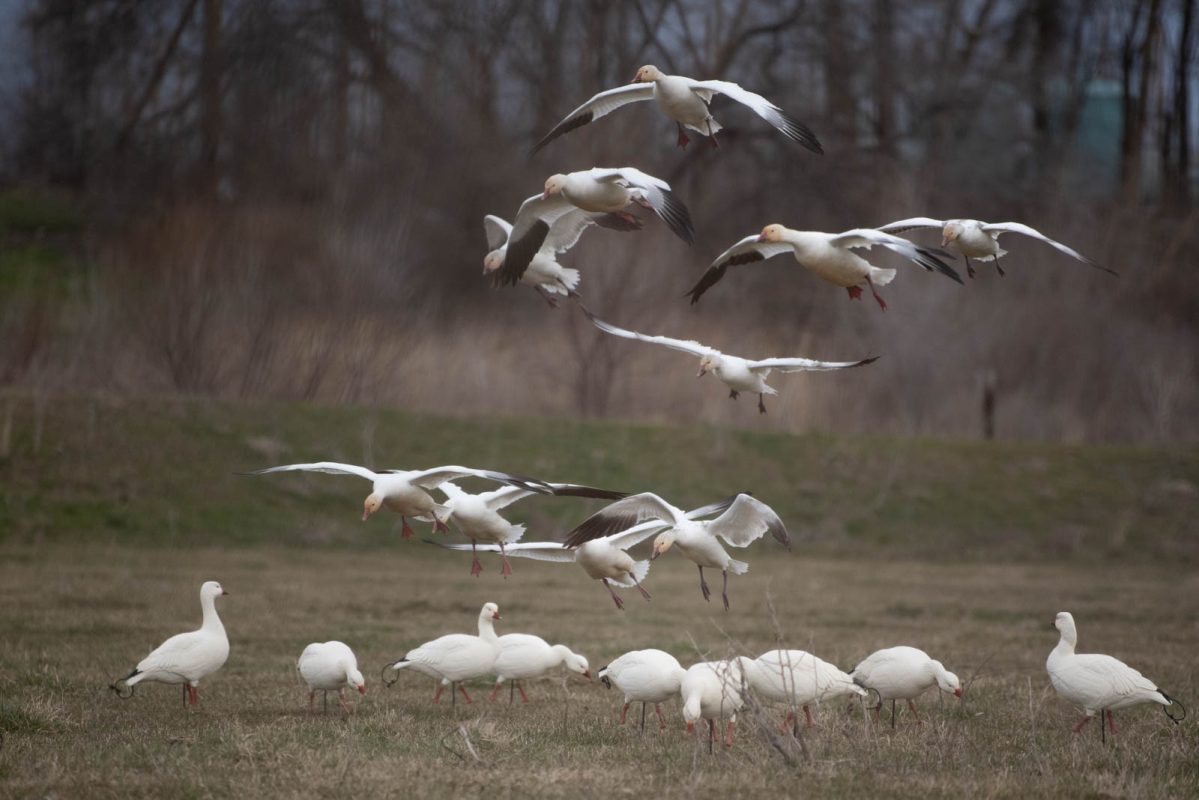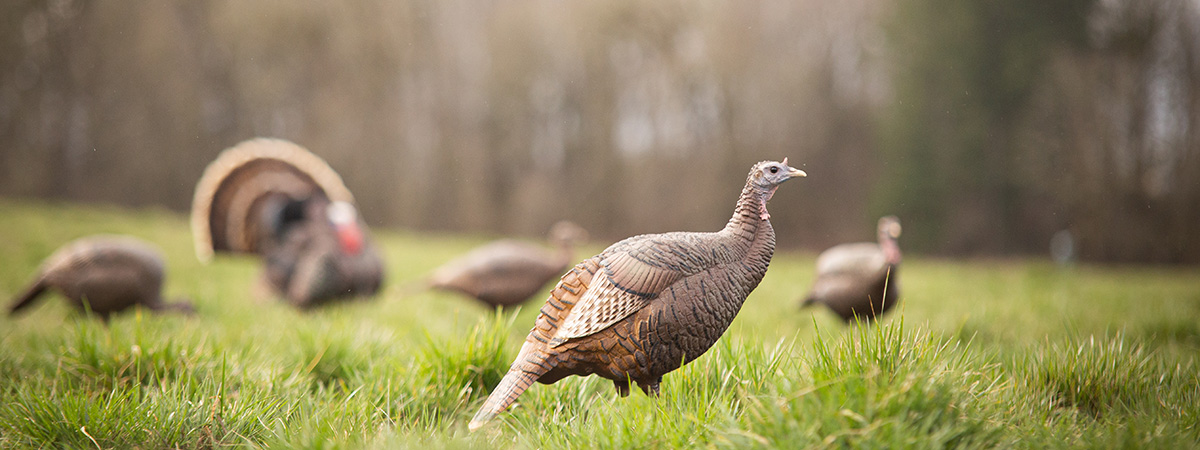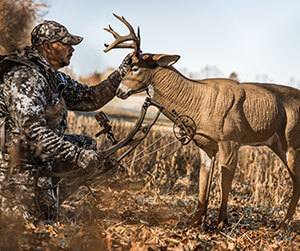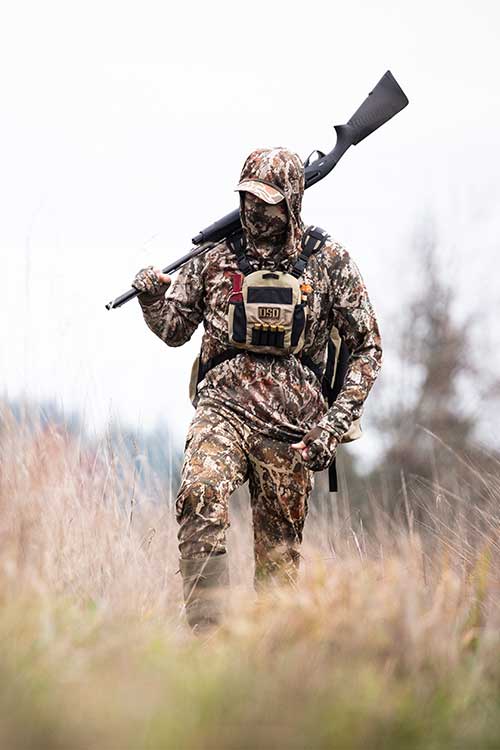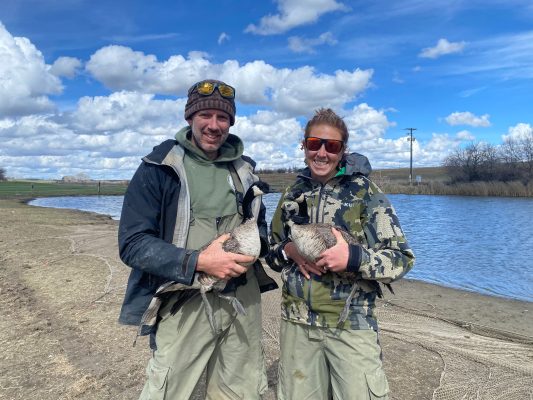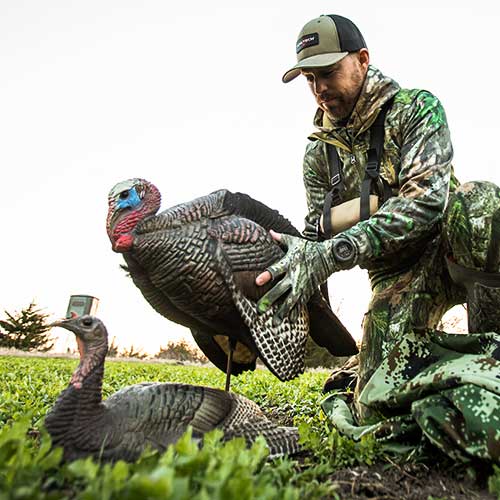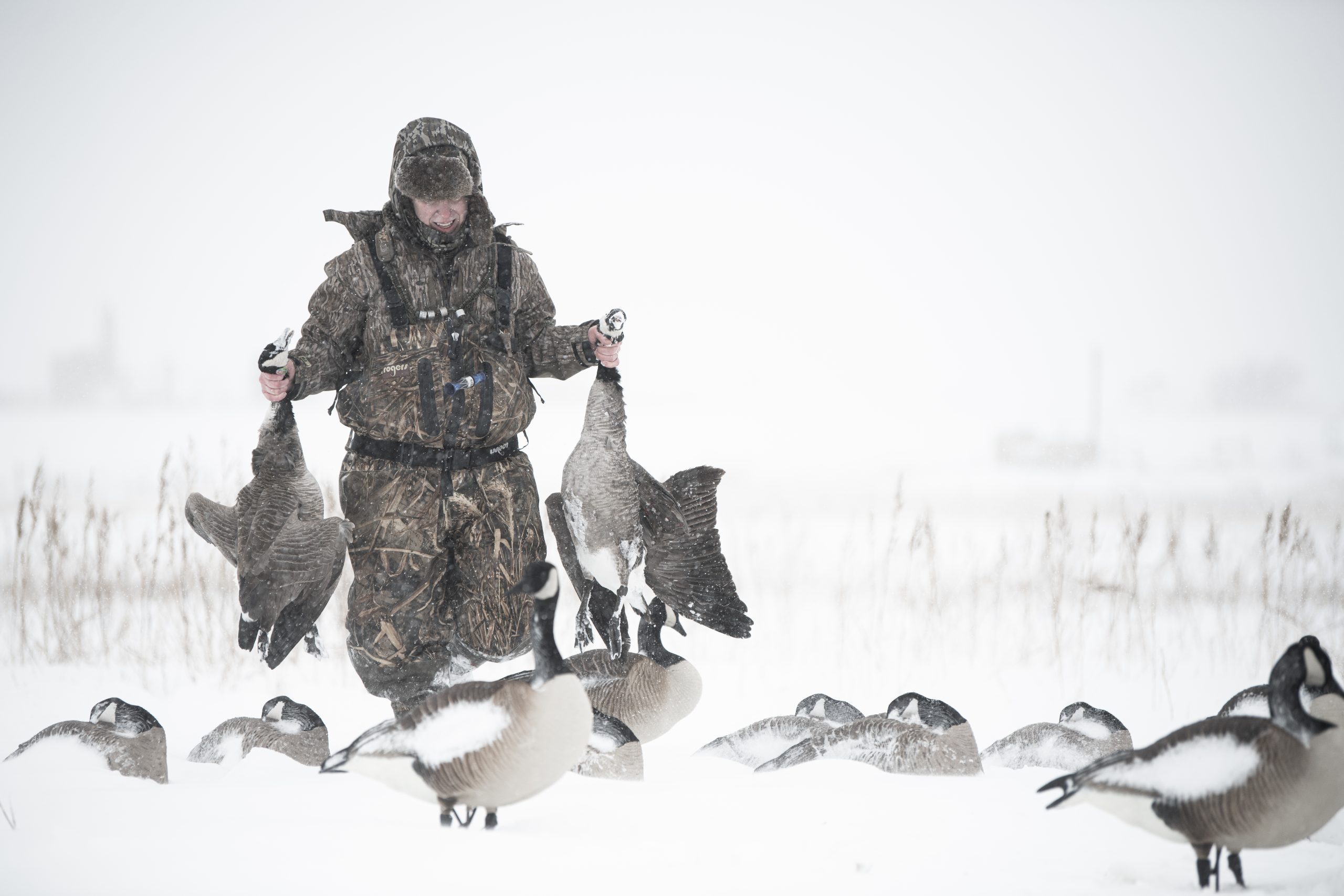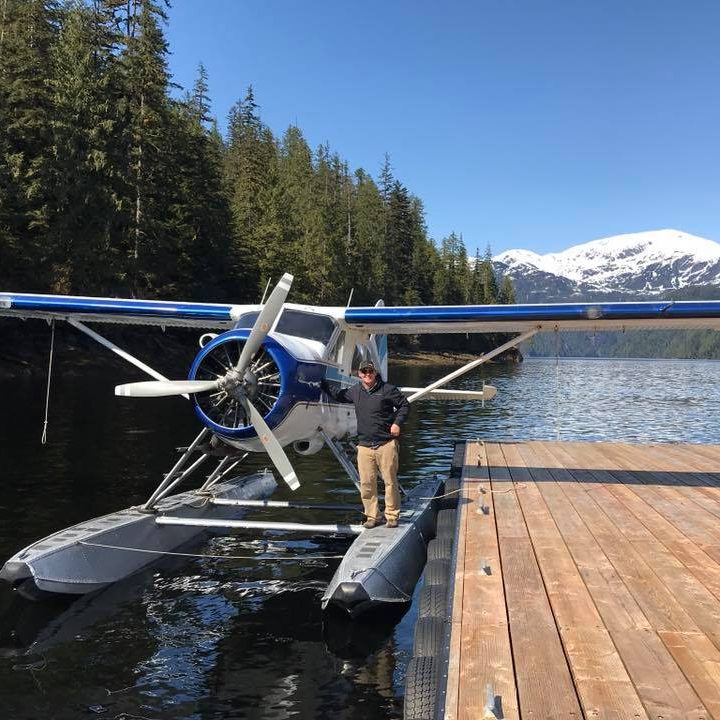
Days are getting short, and there’s a crisp 25 mile per hour Northwest wind. A large brown bear scavenges the riverbanks for any edible remains of salmon, and the ptarmigan, molting into their white winter plumage, scurry in front of it in search of cover. The familiar barking and growling of snow geese fills the skies above signaling the changing of seasons and coming of another fall. As I stare up at the miles of white chevrons riding the winds southbound, I’m captivated by the thought of what is happening. After being born on the edge of the Bearing Sea, these birds have fed heavily on blueberries and cloudberries to prepare for their trip South-many while having taken to the air for the first time only weeks ago. As a float plane pilot in Southwestern Alaska, this scene is something I look forward to seeing every September, and every year it reignites the spark laid dormant in my soul since the previous Spring.
While what each of us sees may vary greatly, we all know the feeling of seeing the first signs of the migration and flocks of white geese every fall. From the first grain fields they encounter in Canada, to the corn of the Dakotas, down to the winter wheat of Kansas and Oklahoma, and finally to the Southern Deltas and muddy rice fields, they arrive in droves, stirring us to our core. Why is it then, that snow goose hunters wait to hunt them? For most, snow goose hunting is a spring game. With e-callers, no plugs, and no daily bag limit, the dream of decoying big flocks of snows seems more likely under these circumstances, but is it? Aside from just raining steel into the sky, taking more shots often leads to decreased accuracy and ineffective flock shooting. Personally, I’m just as efficient with three shots as I am rattling off ten rounds out of an extended tube. Also, with growing interest in spring snow goose hunting, more and more hunters are taking to the fields every February and March. In many areas seemingly every field has a spread, and pressure is at an all time high. Not only that, but as a guy who loves calling and interacting with birds, the e-caller actually detracts from the experience for me. So why wait for spring?
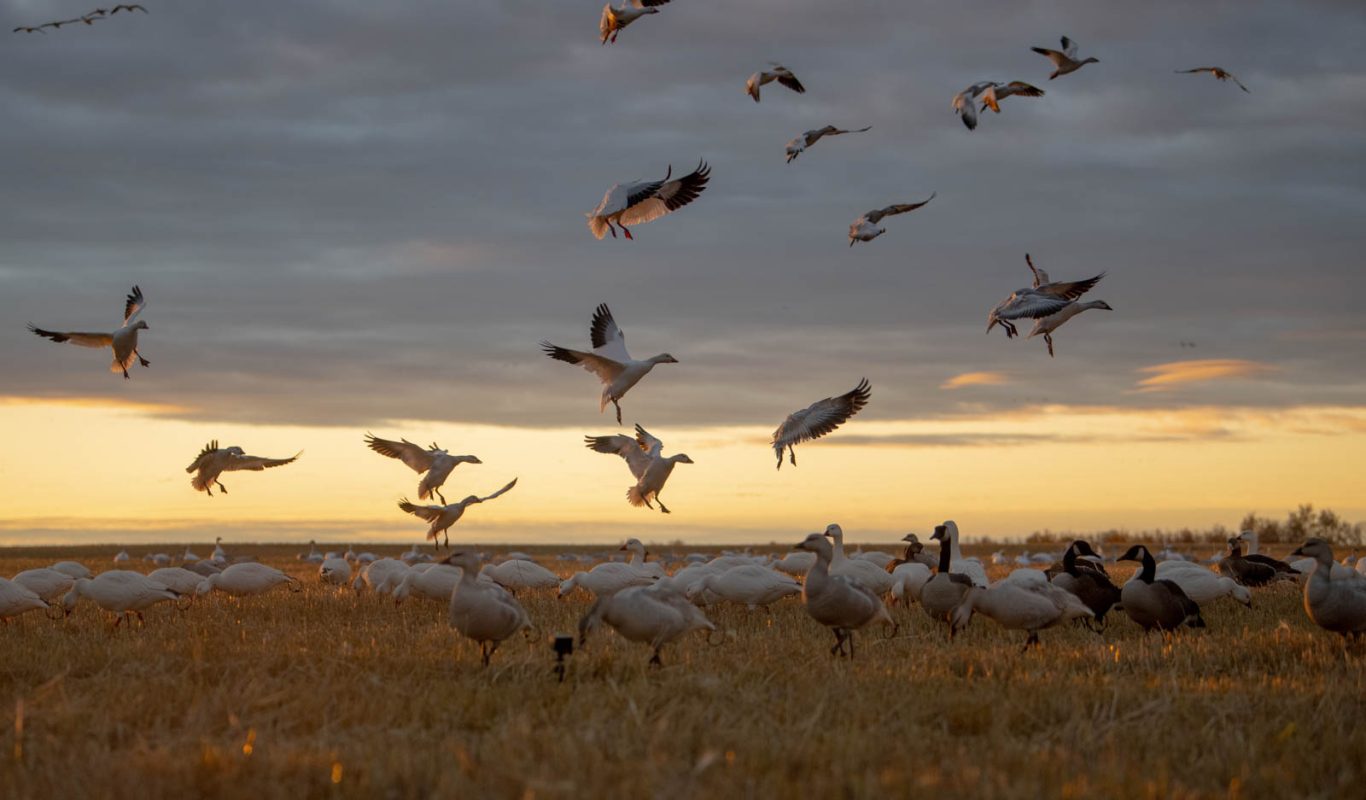
It doesn’t take anything fancy to be successful in the fall. It’s the same game, but under different circumstances. One of the biggest benefits to chasing them in the fall is that you can get the first crack at the more cooperative juvenile population. This, as those of you who have been initiated in the snow goose game know, is the often the key to success. When gullible juvies get excited and start racing for the spread, the older, wiser adults from higher in the flock often follow suit, and it’s not long before you have the whole group filtering in and getting those nice pink feet on the ground. Anytime my friends and I find a pocket of juvies, our excitement is shifted into a new gear because of the increased potential this adds to the hunt. While I’ve had lots of success hunting strictly adults, they’re less consistent and less predictable because of their experience over the many years and many migrations they’ve made. Regardless of whether there are juvies or adults in the group you are pursuing, the next step is setting a spread that even the wariest of adults can’t resist.
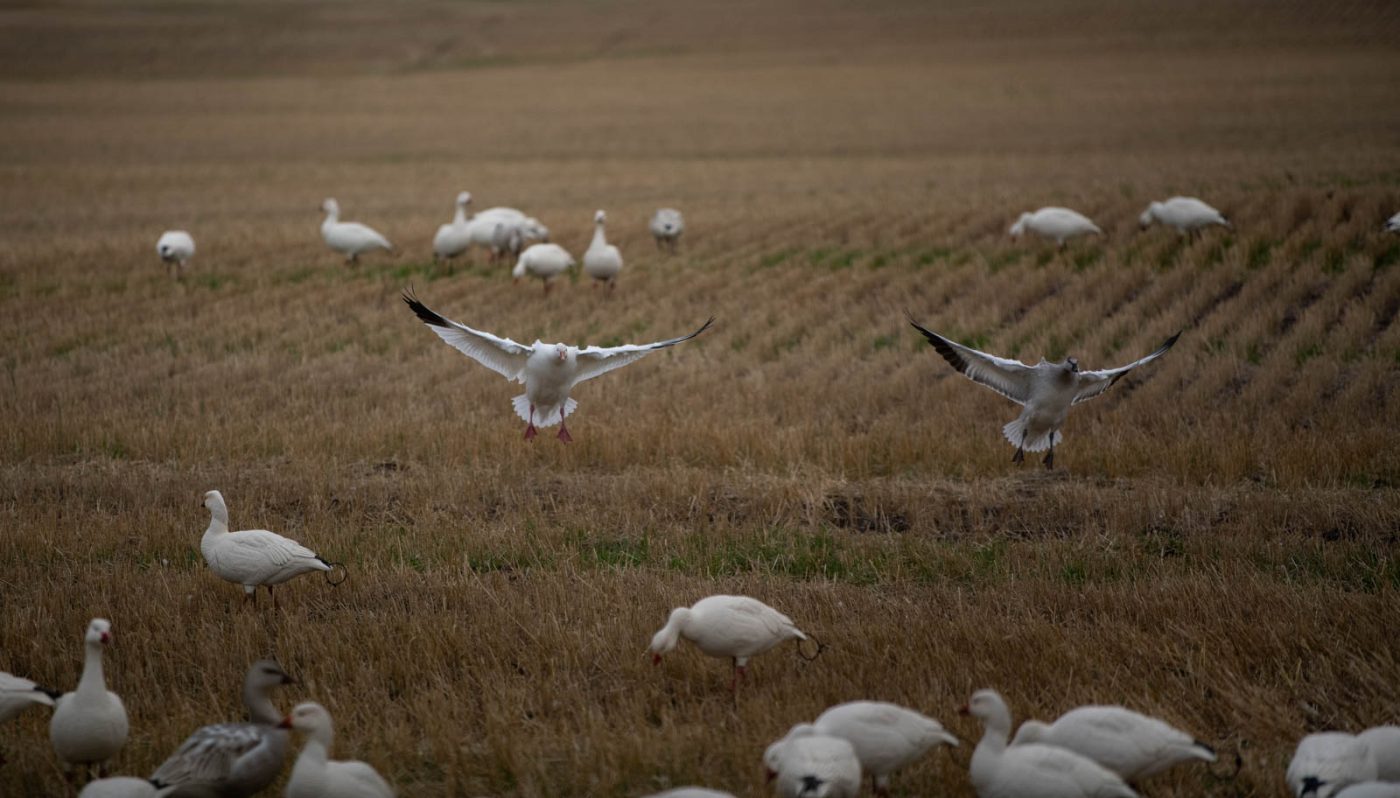
When it comes to decoy spreads, there are two main schools of thought. One could cover acres of land with a thousand plus decoys (typically socks because of ease of use) and bank on a larger footprint to numb a bird’s senses with sheer volume, or set smaller, ultra- realistic spreads. I prefer the latter for a few reasons. First, as a guy who typically doesn’t hunt with large groups of guys, I find it much more enjoyable to not set out hundreds or thousands of decoys with minimal hands to help. Second, I really like shooting birds at very close range. Birds can work any portion of a smaller spread, and likely still provide a quality shot opportunity even on calm wind days. With larger spreads, you often grab more attention, but if birds choose to work the wrong portion of your spread, you may not even get a shot off at a flock you completely fooled. Another benefit to smaller full body spreads is that regardless of the weather conditions, they look like live geese. Sock spreads, while they have their place, are never going to be effective in all weather conditions. Wind is a must, and sunshine is helpful as well. As an opportunistic hunter who hunts around a full-time job and taking care of two young boys, I don’t have the luxury of waiting for wind or sun. I have to hunt in the conditions I have on whatever day I can get out. This is where the DSD snows and blues change the game. Regardless of the conditions, the extremely lifelike poses always look exactly like real geese. Not only that, but with snow geese, one of the biggest challenges is getting the correct shade of white. It sounds ridiculous, but after looking at enough decoys in different lighting scenarios, “white” can vary anywhere from a glowing orange to a purple-blue, and anywhere in between. Luckily for us, the guys as DSD painstakingly matched the colors for these decoys, and the result is amazing. Countless times I’ve watched fall flocks of ten to fifteen adults commit on the first pass and land without asking any questions. It’s because of these decoys, and the experiences I’ve had over them-even with as few as five dozen decoys- that I now prefer the smaller, ultra-realistic spreads. While you may not have the same footprint as with a larger spread, the small spread typically provides the most intimate decoying action.
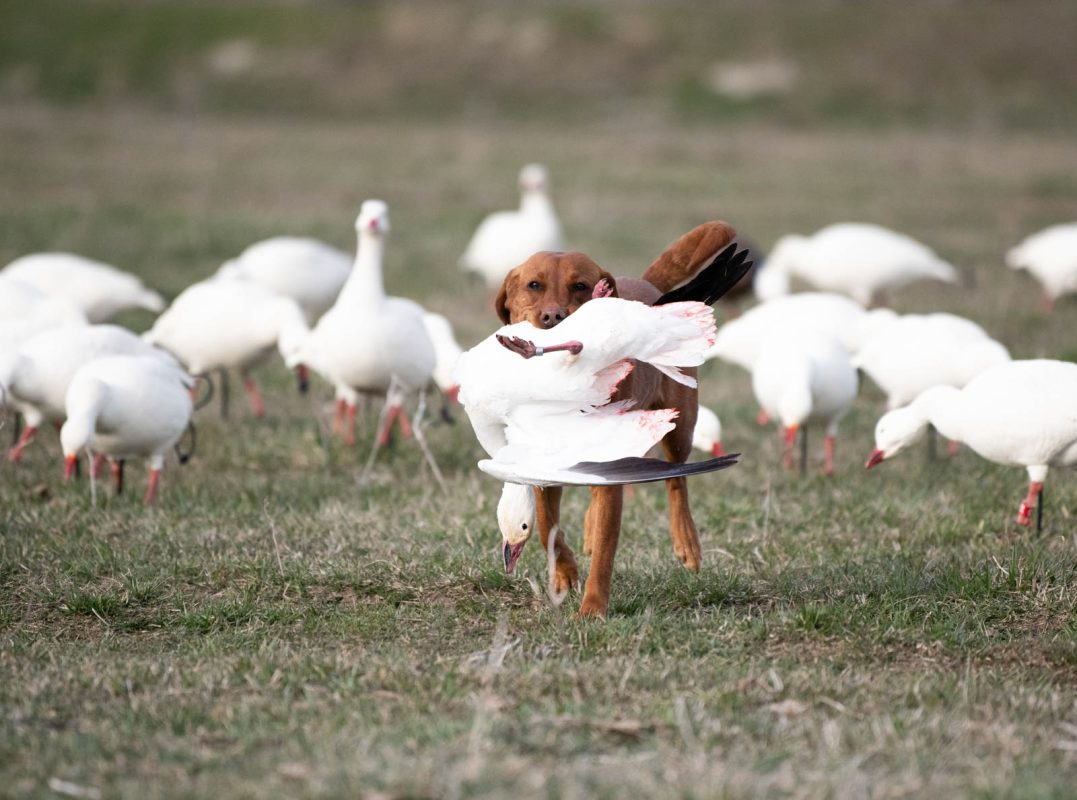
It’s happened countless times. You get a field lined up, get permission, get your plan perfectly dialed in, and go to bed the night before the hunt feeling very confident. Then, when you wake up the next morning you find out the the “occasional shower” forecasted by your local weatherman ended up being a sustained deluge that continued throughout the night making it impossible to drive into the field. For those folks who hunt snows in Arkansas, thats just another Tuesday. For those of us who don’t drive through buffalo wallows on a regular basis, or who hunt on property where the farmer doesn’t appreciate your first place NASCAR finish drifting and donut ruts, it can be a serious problem. The fall and winter are full of challenges like this with snow up north, and rain down south. While moisture isn’t out of the picture come spring, I am always considering what Plan B will look like while having to carry every decoy out on foot. Another trait that puts the DSD snows head and shoulders above the competition is their lightweight, one-piece construction. I find that I can comfortably carry two six-slot bags on each shoulder. With two to three hunters, you can carry in an adequate spread with minimal extra effort. The bags also have a snap-locking top flap to keep your decoys pristine and white even if you slip and end up face-down in the mud…not that I’ve ever done that.
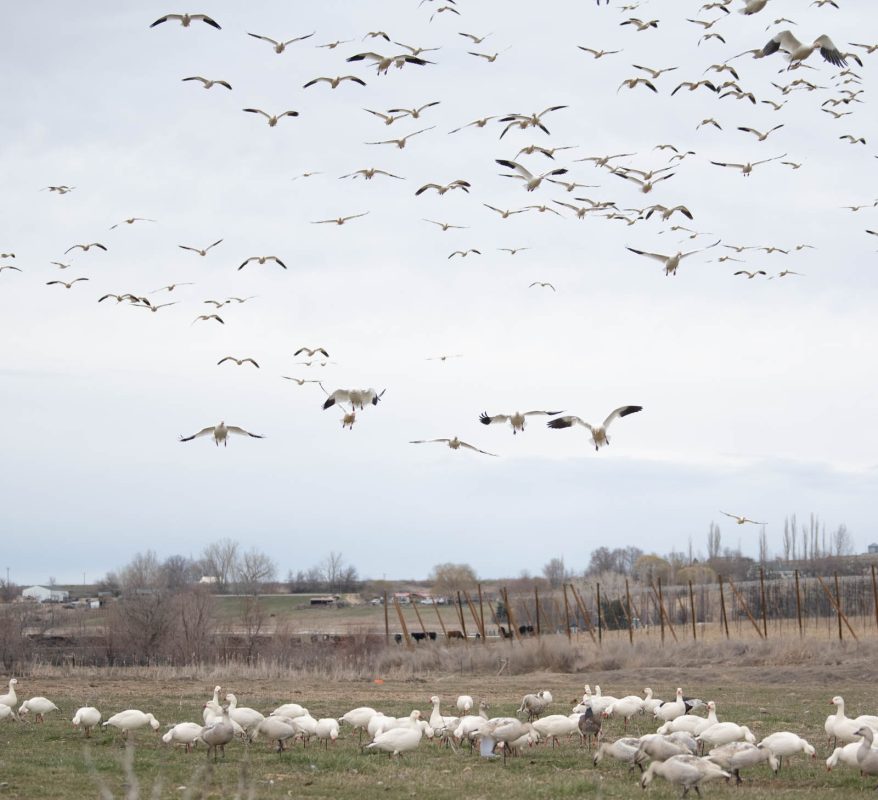
When it comes to choosing where to set up, always keep in mind how important it is to pick a spot with the best hide possible. Obviously being on an X is the primary concern, but there are other considerations as well. With the average age of a snow goose being in the ballpark of twenty years old, there’s no doubt that they know what to look for to bust an eager hunter who paid too little attention to blind location and camouflage. I prefer to hide just outside the spread in these circumstances, and find myself drawn to large bales, tall field edges, or anything that can break up an outline or cast a shadow on our hide. Some of my favorite hunts have been September afternoons in baled wheat fields in Saskatchewan, hiding one man to a round bale and picking off adult snows and ross geese in small flocks. Just as with specklebellies or cranes (the two species I rank highest for visual acuity) it’s absolutely vital to avoid movement in the hide. Lying perfectly still and concealing movement and hunters’ faces is a huge part of being successful. If birds are flaring and there’s nothing obviously wrong with the spread, check your hide! I can’t emphasize this enough: no matter the spread you have, no matter how many birds may have been there mere hours before, you will never be successful with a poor hide.
If you’re like me, Waterfowling isn’t a single species passion. Therefore, one of the best opportunities a fall hunt can provide is the chance for a mixed bag. Whether that includes specks in the Mississippi Flyway, or lessers and ducks in the Central and Pacific Flyways, the opportunity is always there for some variety. All of these can be taken over spright white spreads, and adding a few dark goose decoys on the downwind side of things can really increase your odds of pulling some of those other species, as well as add some realism in areas where snows are sharing feeds with dark geese. Add a spinner or two and any snow goose spread can be a field duck spread. Because of the prolific nature of these birds, the opportunities are endless.
Don’t misunderstand me, I’m not saying that I don’t enjoy hunting snows in the spring, or that it’s not as good, but if you’re voluntarily passing up the opportunity to hunt these wary, rewarding birds in the fall you’re missing out. So go out back, get your DSD snows and blues cleaned up, get some blinds brushed, and hit the dirt roads in search of your next once-in-a- lifetime hunt.

